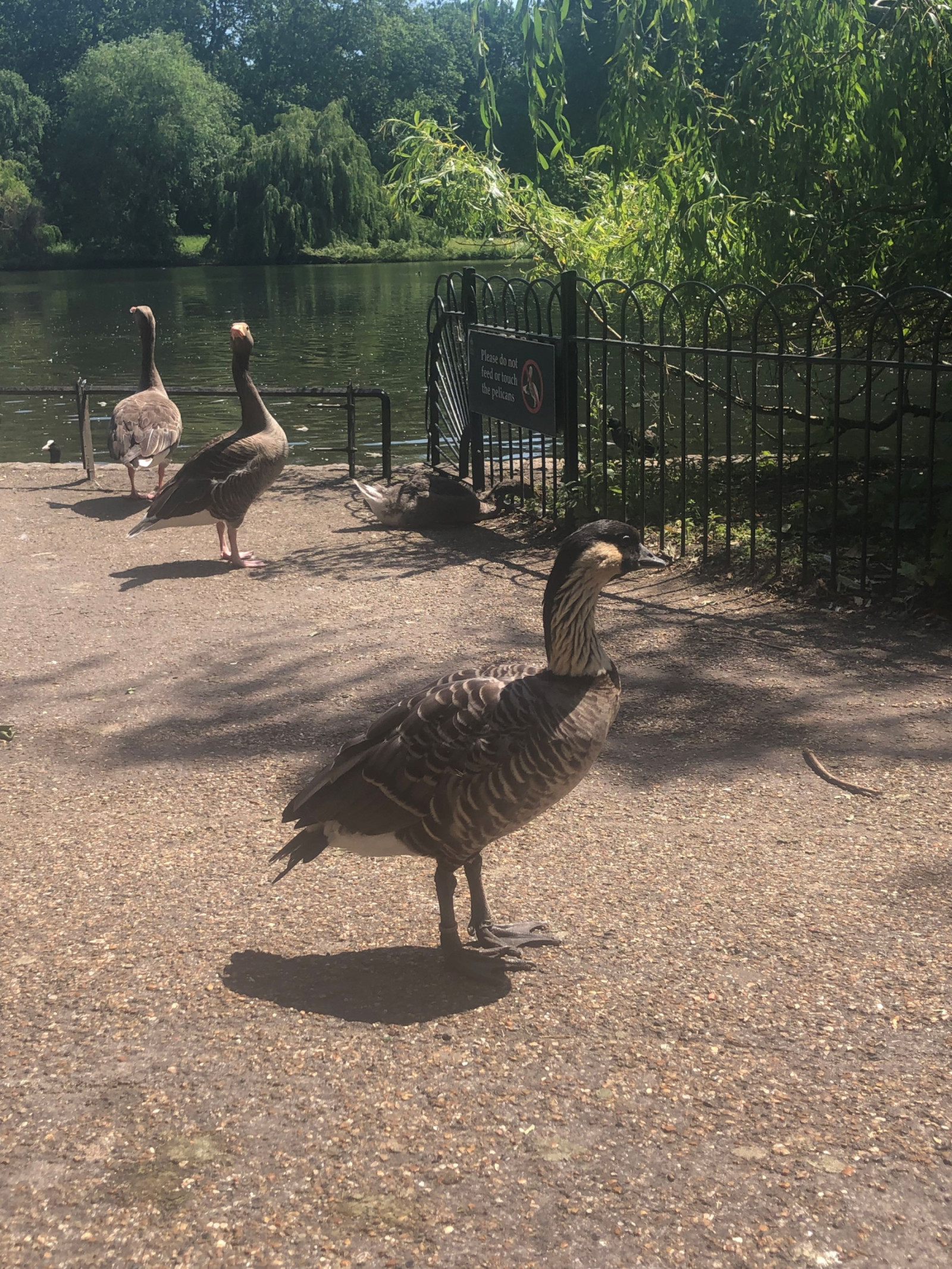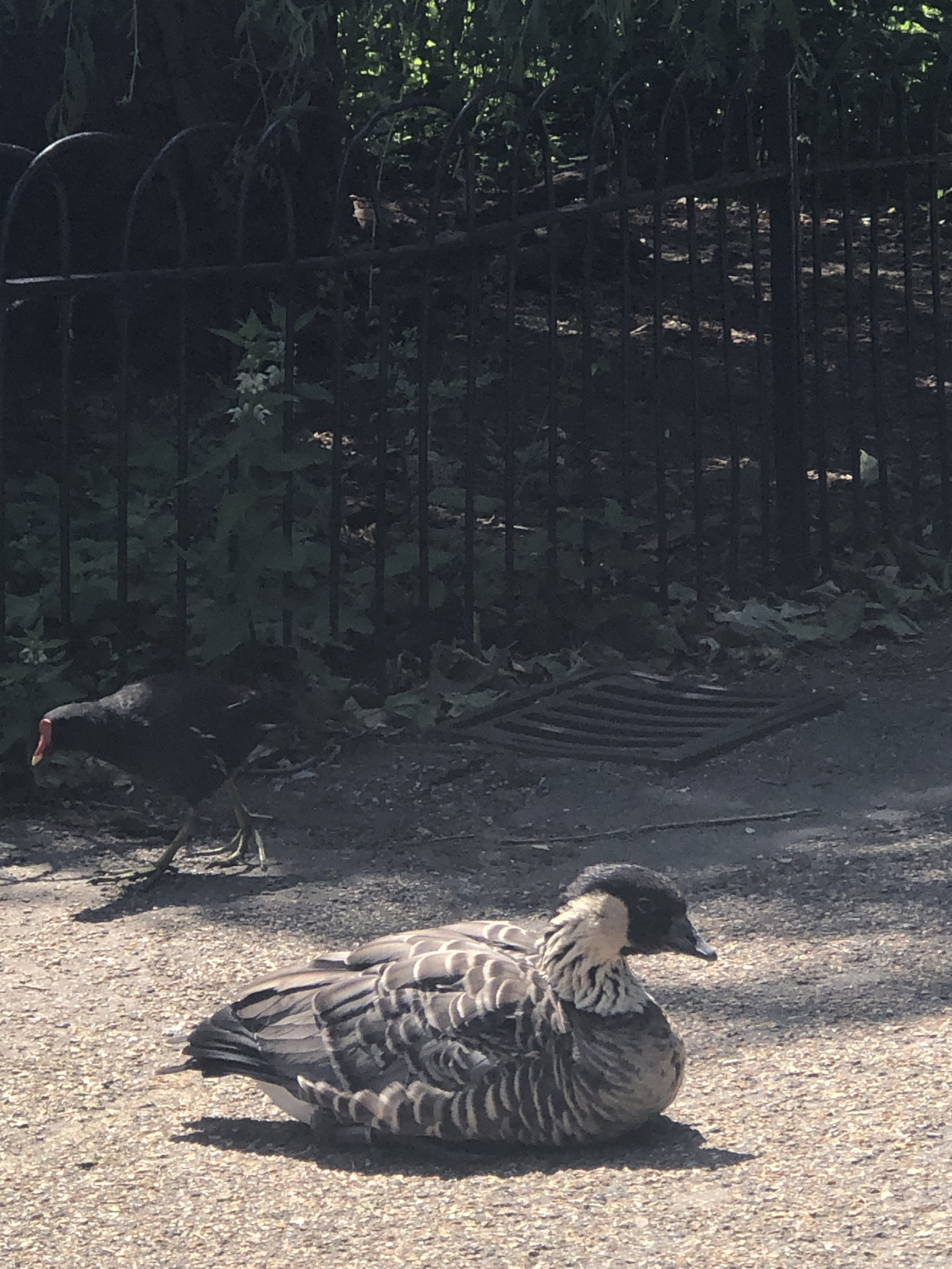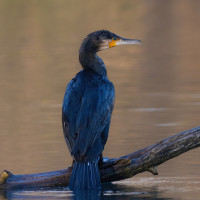Descrizione
St James's Park is a 23 hectare park in central London. The park is bounded by Buckingham Palace to the west, the Mall to the north, Horse Guards to the east, and Birdcage Walk to the south. The park has a small lake with two islands, West Island and Duck Island, the latter named from the lake's collection of captive waterfowl. The majestic fountain protects Duck Island, which Airone cenerino and Cormorano use as refuge. Among the wild birds you can see are Oca selvatica, Cigno reale, Oca egiziana, Mestolone, Canapiglia, Moretta, Tuffetto, Svasso maggiore, Colombaccio, Piccione selvatico, Gallinella d'acqua, Folaga, Beccaccino, Piro piro piccolo, Gabbiano comune, Cormorano, Airone cenerino, Sparviere, Martin pescatore, Gheppio, Falco pellegrino, Parrocchetto dal collare, Ghiandaia, Gazza, Cinciarella, Capinera, Picchio muratore, Tordela, Tordo bottaccio, Pettirosso, Ballerina gialla and Ballerina nera.
A resident colony of captive Pellicano comune has been a feature of the park since a Russian ambassador donated them to Charles II in 1664. Other captive birds, mostly distinguishable from wild birds by being pinioned (half of one wing amputated), include Hawaiian Goose, Oca indiana, Oca delle nevi, Oca di Ross, Oca facciabianca, Oca collorosso, Casarca, Volpoca, Anatra sposa, Fischione (occasional wild birds can occur), Mestolone (occasional wild birds can occur), Alzavola (occasional wild birds can occur, distinguishable by being full-winged), Codone (occasional wild birds can occur), Fistione turco (occasional feral or wild birds can occur), Edredone, and Pesciaiola. These captive birds are not included in the bird list below.
Dettagli
Accesso
The London transport underground train (Green Park or St James Park) and bus. It is hard to find parking round there. You can cycle and walk around the park and view the lake perfectly. There are cafes to buy luxurious pastries.





